Potosí’s Convent of Santa Teresa
Disillusioned by the horrors of Cerro Rico’s mines and the callous greed of their families, a number of Potosí’s young women renounced the world by entering into the Convent of Santa Teresa. They would never again step outside its walls.
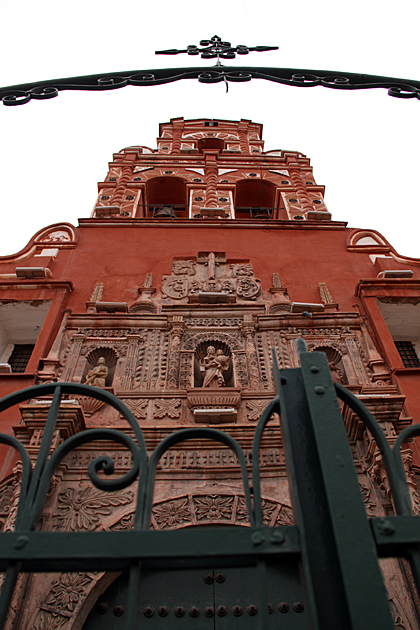
We were pressed for time, and told our guide that we wanted just a quick tour. But the convent’s history was simply too fascinating, and we ended up spending about two hours inside. Santa Teresa was established in 1685, providing a home to a sisterhood of Carmelite nuns. It’s still active today, but its numbers have dwindled significantly, and most of the immense complex is now a museum.
A small room at the entrance of the convent was the “Goodbye Chamber”, where girls as young as fifteen would hug their mothers and fathers for the very last time. Future conversations would only be possible through a grate which allowed neither touch nor sight. The nuns would never again see those from the outside, not even their priest; a special window connected to the adjacent church allowed them to take communion and confess their sins.
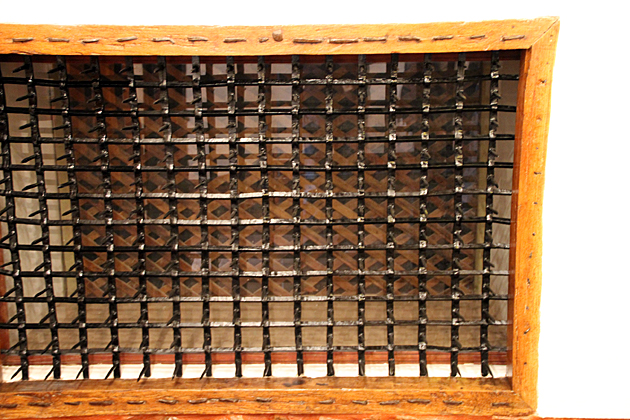
Preposterously, competition to get inside the convent was fierce. The girls who were admitted came from Potosí’s wealthiest families, who could afford the considerable dowry. Having gotten rich on the mines of the Cerro Rico, these families had blood on their hands, and perhaps figured that having a daughter dedicated to the worship of God couldn’t hurt their chances with Saint Peter, at heaven’s gates.
Once the girls were safely inside, dedicated to tasks like baking sweets for the community, sewing and studying scripture, families would regularly present extravagant gifts to Santa Teresa. Paintings, silver jewelry, gem-encrusted goblets, and gorgeous furniture were just some of the riches which found their way into the convent, and which are still on display today as part of the museum.
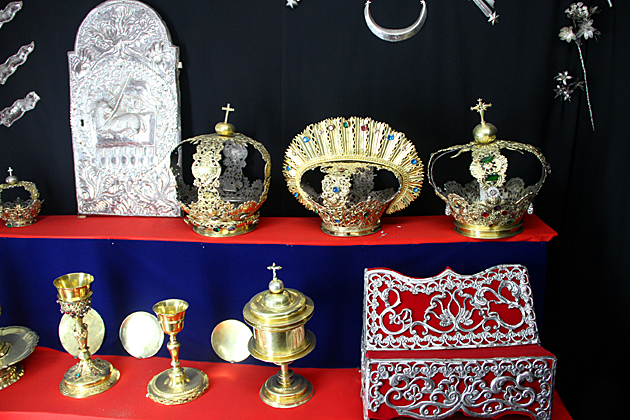
It was difficult for me to reconcile the rationality of the nuns inside Santa Teresa. On the one hand, they eschewed the material world. But then, they allowed themselves to be surrounded by glittery presents of the most exorbitant value. We saw a robe that the “humble” nuns had sewn for a visiting bishop, using the finest threads of silver and gold.
My skepticism of their noble intentions notwithstanding, our tour of the convent was incredible. We saw the courtyards where they studied and worked, their bedrooms, dining room and kitchen. The treasures on display in almost every room were staggering; ancient skin-bound books in the library, the arm bone of some saint in one of the bedrooms, a massive sliver monstrance at least two meters in diameter. Most of the paintings were macabre in nature, bloody crucifixions and scenes of martyrdoms. Next to an elaborate nativity display meant for children, hung a painting of a saint with an axe gruesomely embedded into his head.
We met a lot of tourists in Potosí who were there only to visit the mines, and were leaving the next morning without exploring the rest of the city. That’s a huge mistake: the mines of the Cerro Rico are just one facet of this city’s amazing story. And a tour of the Santa Teresa should be on everyone’s list.
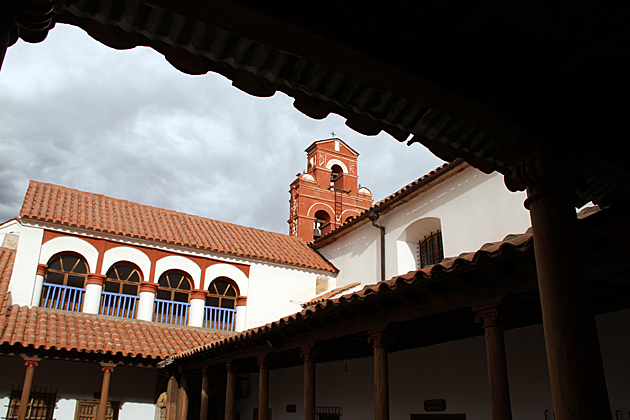
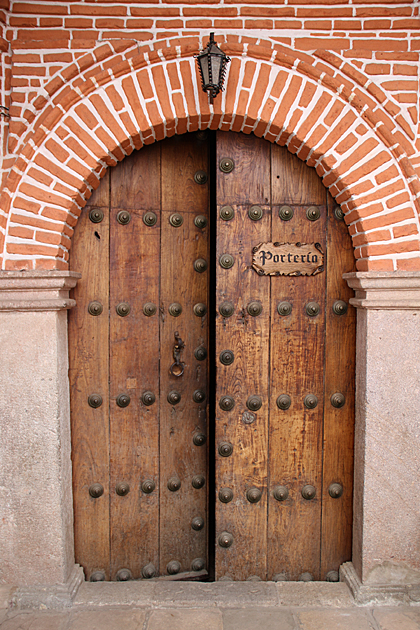

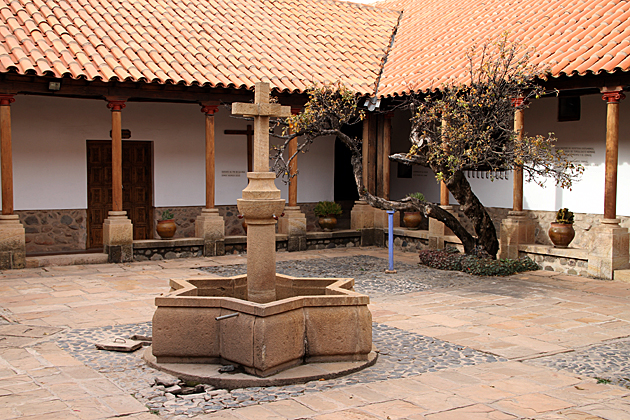

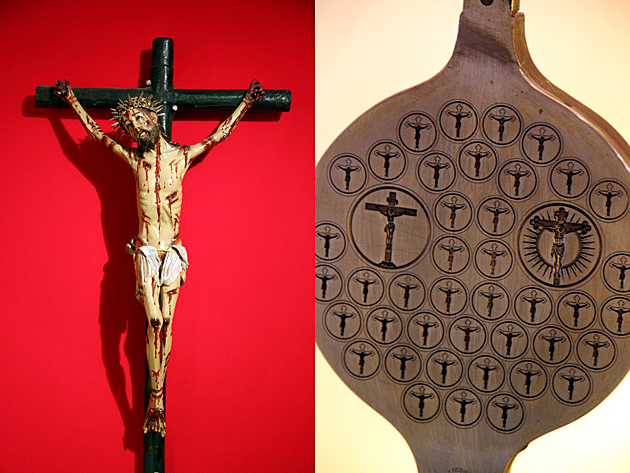
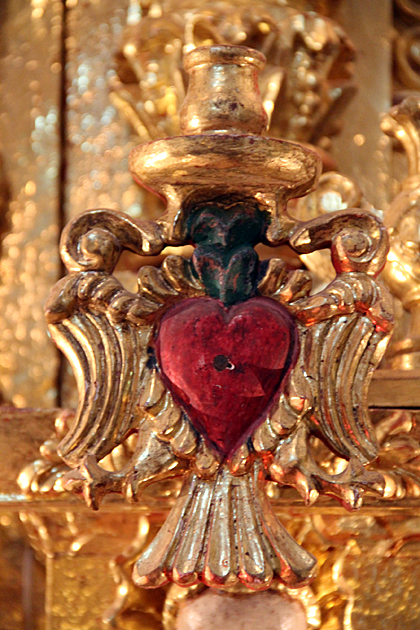
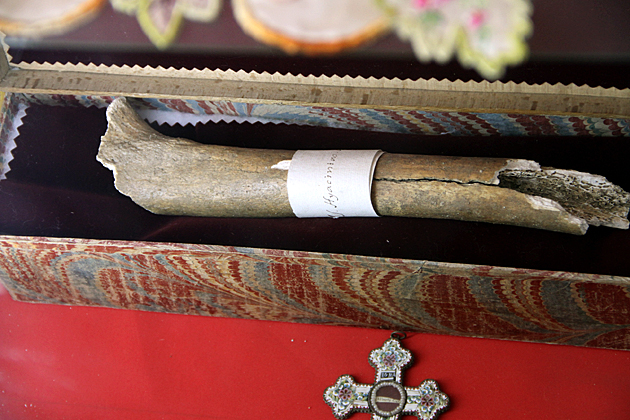
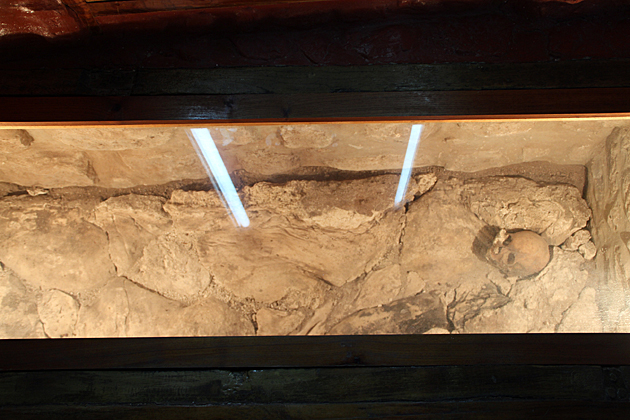


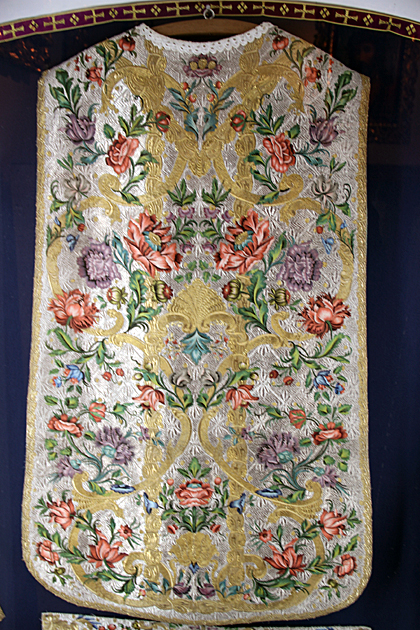
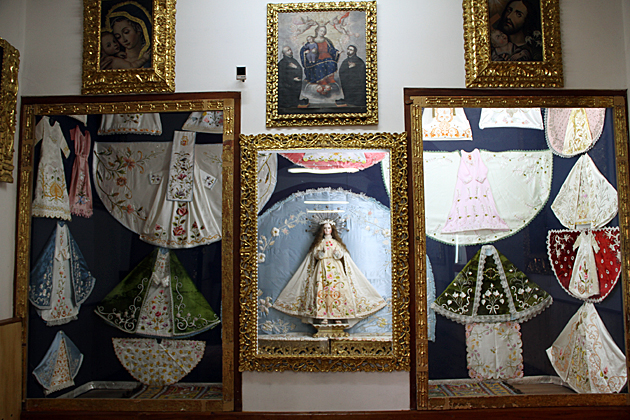

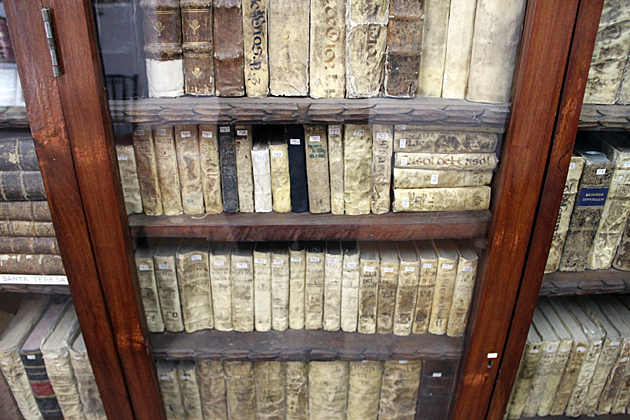
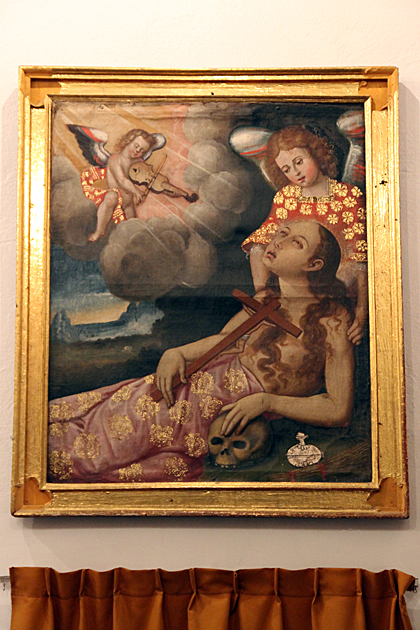
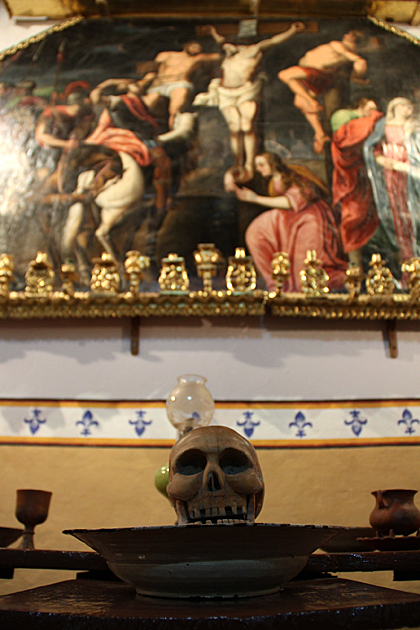

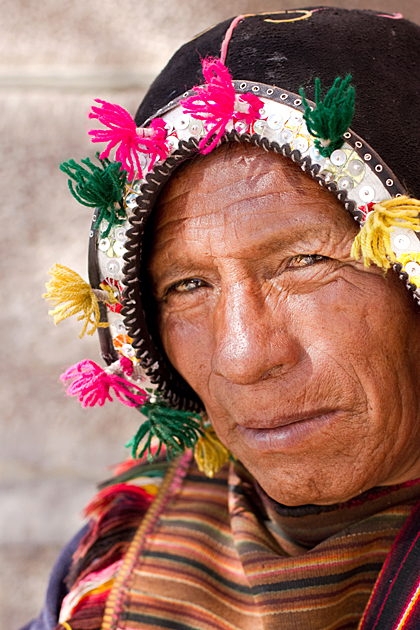

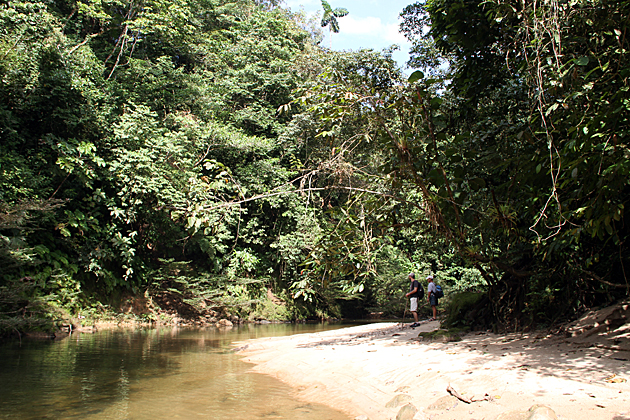

Pingback: Convent of Santa Teresa in Cochabamba | For 91 Days in Bolivia – Travel Blog
Read or listen to ‘Sisters Charletta’s testimony’ of her life in the convent. It’ really touched me and has made me interested in convents/nuns ever since. It’s incredible how they treat those sweet young girls!
The nunnery in Antequera Spain still has the same entering, and never leaving requirements.